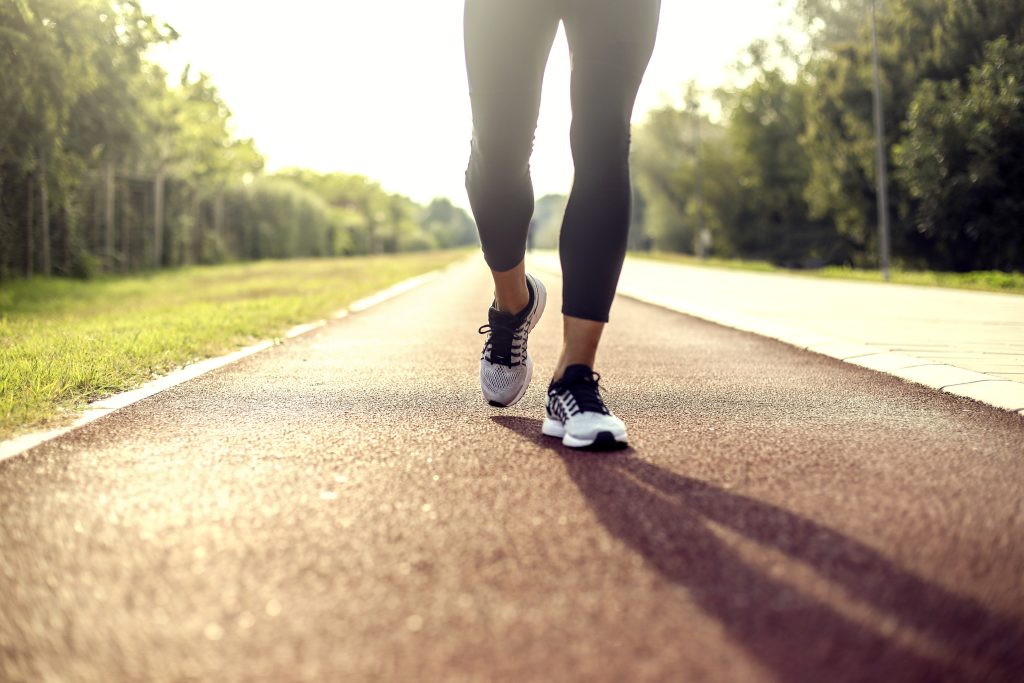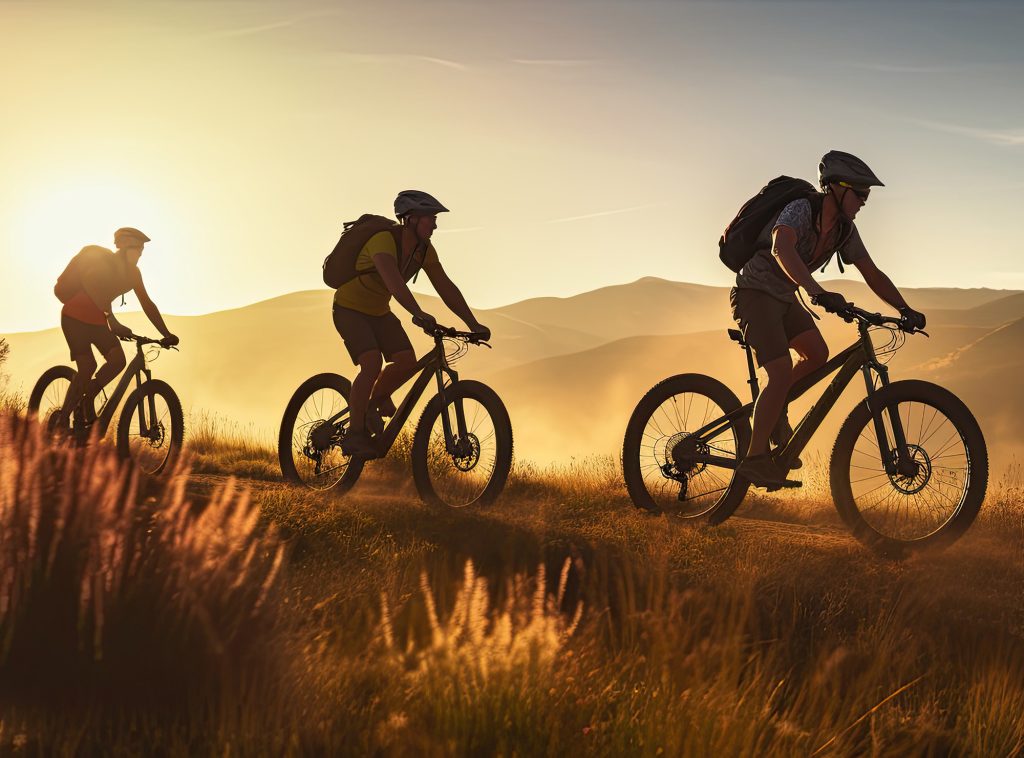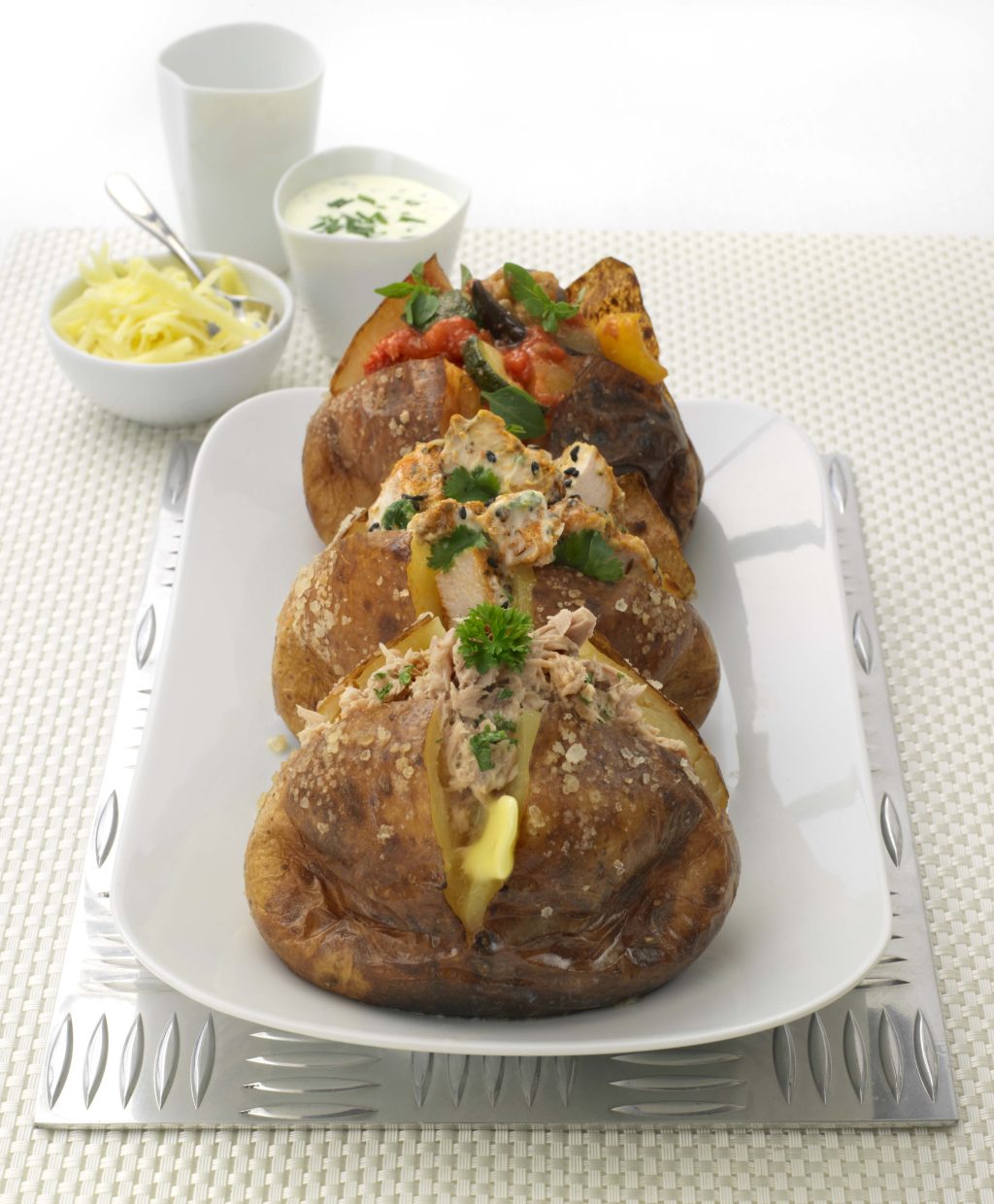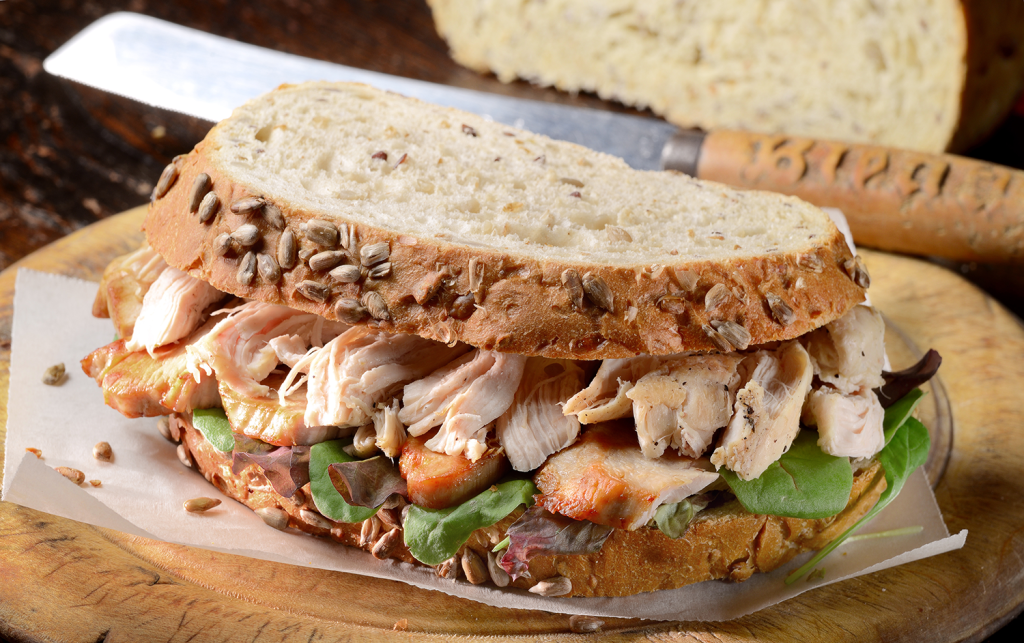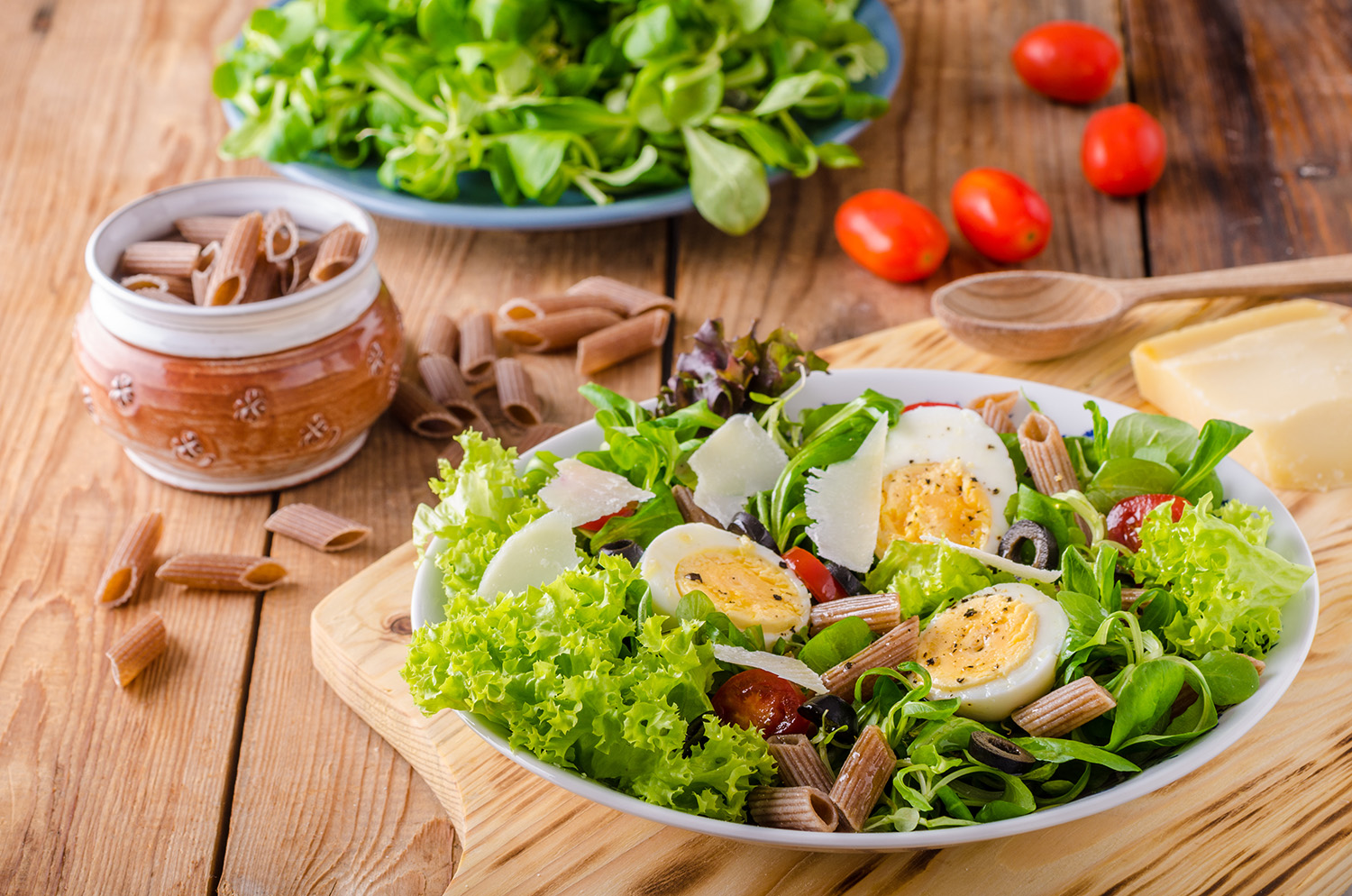
60 second summary:
- You don’t need expensive supplements and sugary sports drinks for most active lifestyles
- If you are active a few times a week for an hour or less each time, then try the following:
- Eat a wholegrain carbohydrate food and a protein food 2 hours before exercising (like a chicken pitta or tuna pasta salad)
- Have something that contains carbs and protein within an hour of exercise
- It can be as simple as a glass of milk and a banana
- Make sure your active teens do the same!
You’d be forgiven for thinking that, if you’re active regularly, you need lots of expensive supplements to improve your performance. On the flip side, your teenagers might head off to school without breakfast and end up at PE or sports training under-fuelled. Here’s what you need to know about feeding a sporty lifestyle.

What are the key nutrients for an active lifestyle?
It’s essential to consume enough protein and carbohydrates to optimise your physical performance, whether you’re a runner, cyclist, gym-goer, or Pilates enthusiast. These are key macronutrients that the body requires at each meal and most snacks, especially if you’re training several times a week.
Carbohydrates help fill our muscles with energy, which is why it’s important to consume carbohydrate-rich foods an hour or two before and shortly after exercise, especially if it’s high-intensity.
Unless you are training at an intense level, very frequently or for periods of over an hour at a time, you shouldn’t need sugary carbohydrates like sports drinks or special bars. It’s healthier to consume foods like wholemeal bread, rice, pasta, grains, fruit and oats.
Protein helps our muscles repair after training and can also lead to muscle growth if sufficient amounts are consumed and strength training is performed. Protein is especially important to consume after activity, but it’s equally important to eat protein foods regularly throughout the day to help support active muscles.
Ideally, a couple of hours before you get active, try to eat a meal or snack that’s high in carbohydrate (ideally wholegrains) with a little protein. Here are some examples:
- Wholemeal pitta bread with sliced chicken and salad
- Porridge with Greek yoghurt and berries or banana
- Wholemeal pasta salad with tuna and sweetcorn
- Jacket potato with baked beans and salad
- Oatcakes with cottage cheese and cherry tomatoes
- Noodles with tofu and stir-fried vegetables
An hour after training, try to eat something similar or, if you’re not able to eat for some time, a glass of milk and a banana is a great way to refuel and hydrate. You don’t need expensive supplements.
What about active children?
Active children, especially teenagers, often skip breakfast before school, eat their lunch at break time, and then attend PE classes or after-school training, leaving them with very little to eat. The principles above still hold, but growing children can require a substantial amount of food to fuel both growth and activity, making it challenging for parents and carers to keep up.
Add to this the fact that teenagers can often make poor food choices when visiting the shops on their own, so it’s important, if you can, to provide them with tasty but nutritious food before they get active so they’re fuelled enough to perform at their best.
Here are some examples of healthy snacks for active teens before exercise:
- A pretzel, scone, slice of fruit bread or hot cross bun
- Toast and peanut butter or cheese spread
- A banana and a cereal bar
And after exercise, if they’re not going to have a meal straightaway, try these in-car snacks:
- Chocolate milkshake (ideally with no added sugar) and an apple
- A yoghurt pouch and a banana
- Some milk (cows’ milk or soy) and dried fruit
- An egg sandwich and a satsuma
Fuelling an active lifestyle doesn’t need to be complicated or involve expensive supplements. It simply requires healthy foods rich in carbohydrates and protein, consumed before and after training, as well as regularly throughout the day.
If you’d like to learn more about the amount of protein needed for exercise, click here for our blog How much protein do I really need?
Claire Baseley – Consultant Nutritionist
